What is it?
The third and final variant of the new Hyundai Ioniq hatchback is this, the plug-in hybrid.
Arguably the Ioniq's strongest asset in the fight against the Toyota Prius, the plug-in offers more performance than the regular hybrid and none of the range anxiety associated with the all-electric derivative. As such, the PHEV could very well be the sweet spot of the trio.
Our first go in an Ioniq Plug-in back in May was in Germany, a country known for its smooth roads. We've now driven it on Britain's rougher and bumpier roads, which often prove far more challenging for the suspension of heavy battery-powered cars.
The specification sheet of the Ioniq Plug-in includes bold claims of 247mpg fuel economy and CO2 emissions of just 26g/km. This means you can park in certain areas for less and slip through central London without paying the congestion charge.
The car uses a drivetrain that’s essentially identical to that in the regular Ioniq Hybrid, mating a 104bhp 1.6-litre four-cylinder petrol engine to an electric motor, but the addition of a front-wing-mounted Type II charging socket enables the use of a larger 8.9kW battery and more potent 60bhp electric motor.
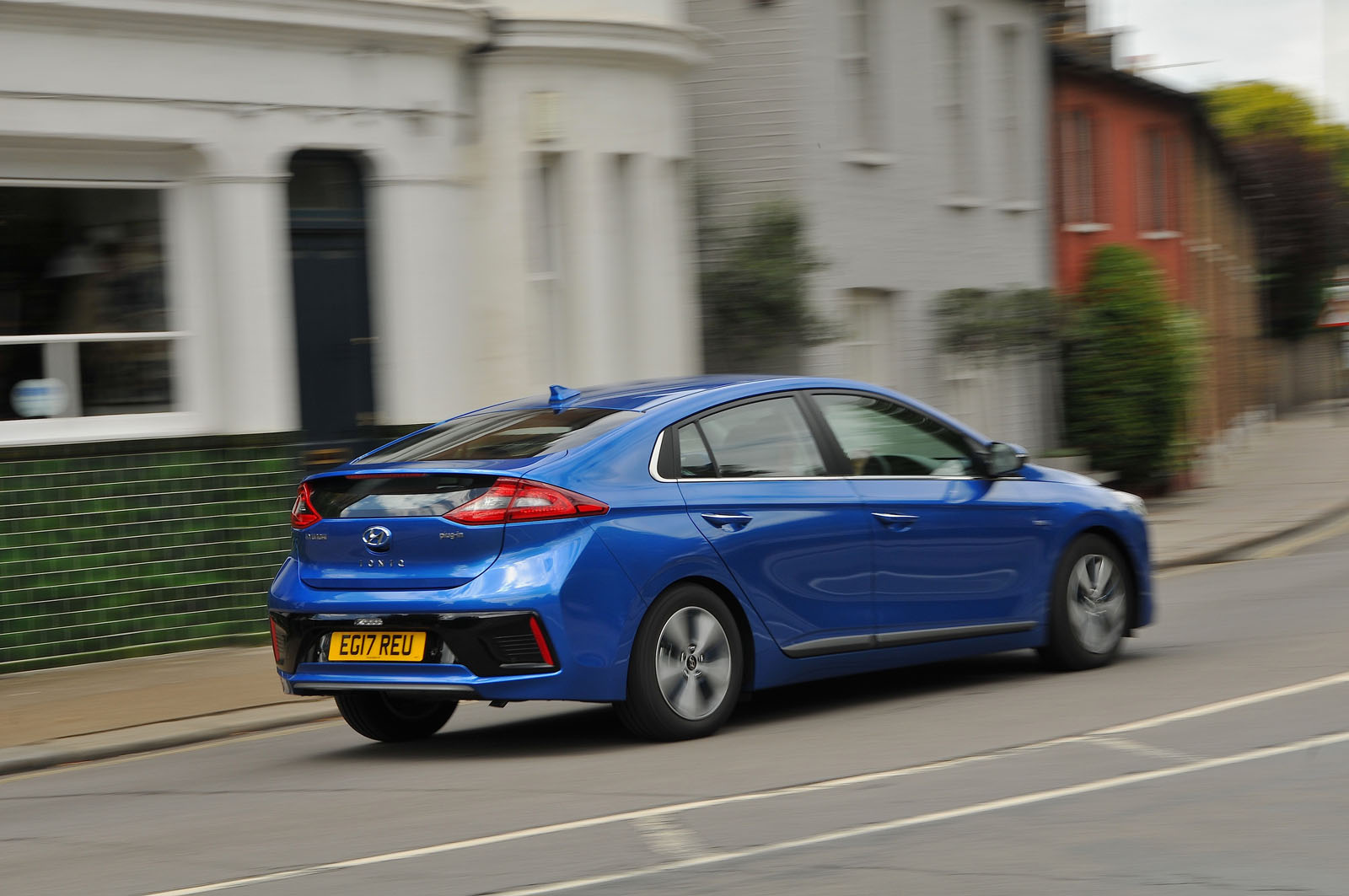
This enlarged electric system, which can be charged from a 16-amp driveway wallbox in just two hours and 15mins, can inject torque to the driveline for longer periods. So, despite having identical peak outputs of 139bhp and 195lb ft to the hybrid, and weighing an additional 125kg, the plug-in’s quoted 0-62mph time is actually 0.2sec quicker at 10.6sec.
Those who dislike the revvy nature of a CVT gearbox, as used by the Prius Plug-in, will be happy to hear the Ioniq drives its front wheels via a six-speed dual-clutch automatic. There are also paddles shifters behind the steering wheel.
Our test car was the top-spec Premium SE, which comes with leather seats, steering wheel and a gearlever, and has soft-touch plastics on the top of the dashboard. There’s also a 7.0in touchscreen infotainment system with HD graphics as standard on all plug-in models. This features Apple CarPlay and Android Auto smartphone compatibility.

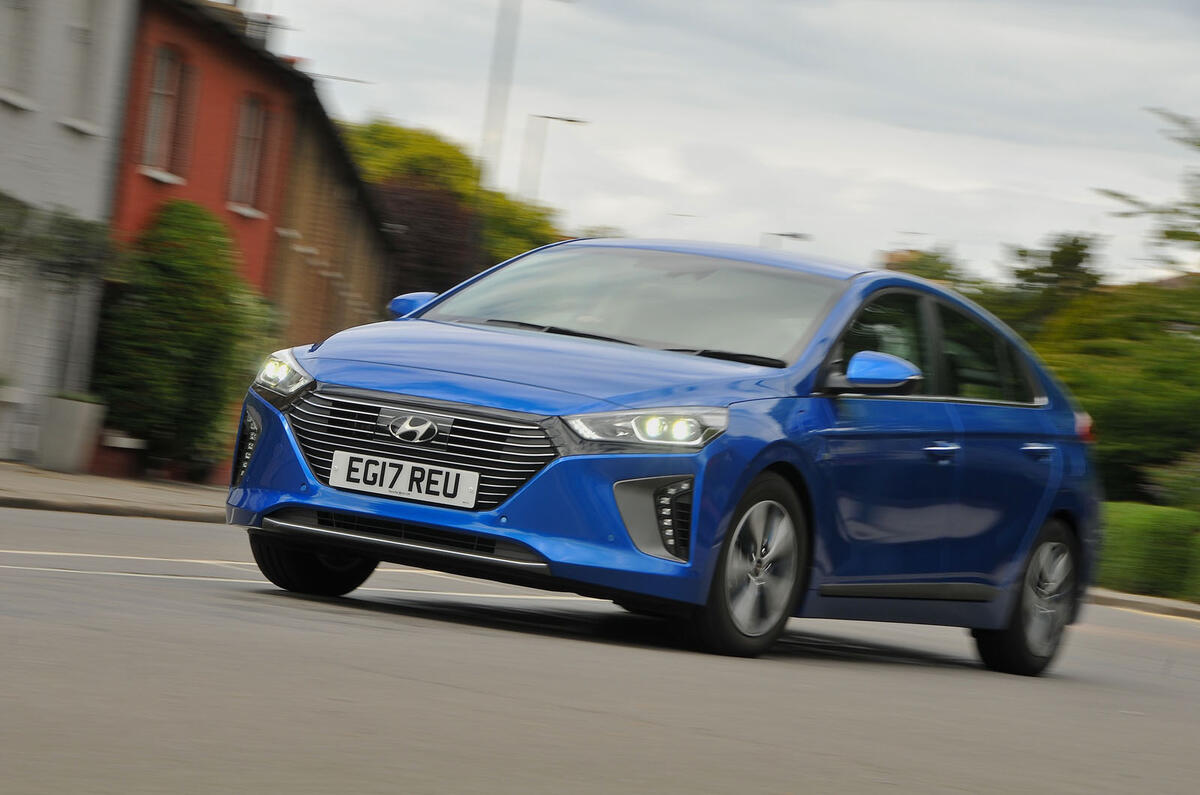
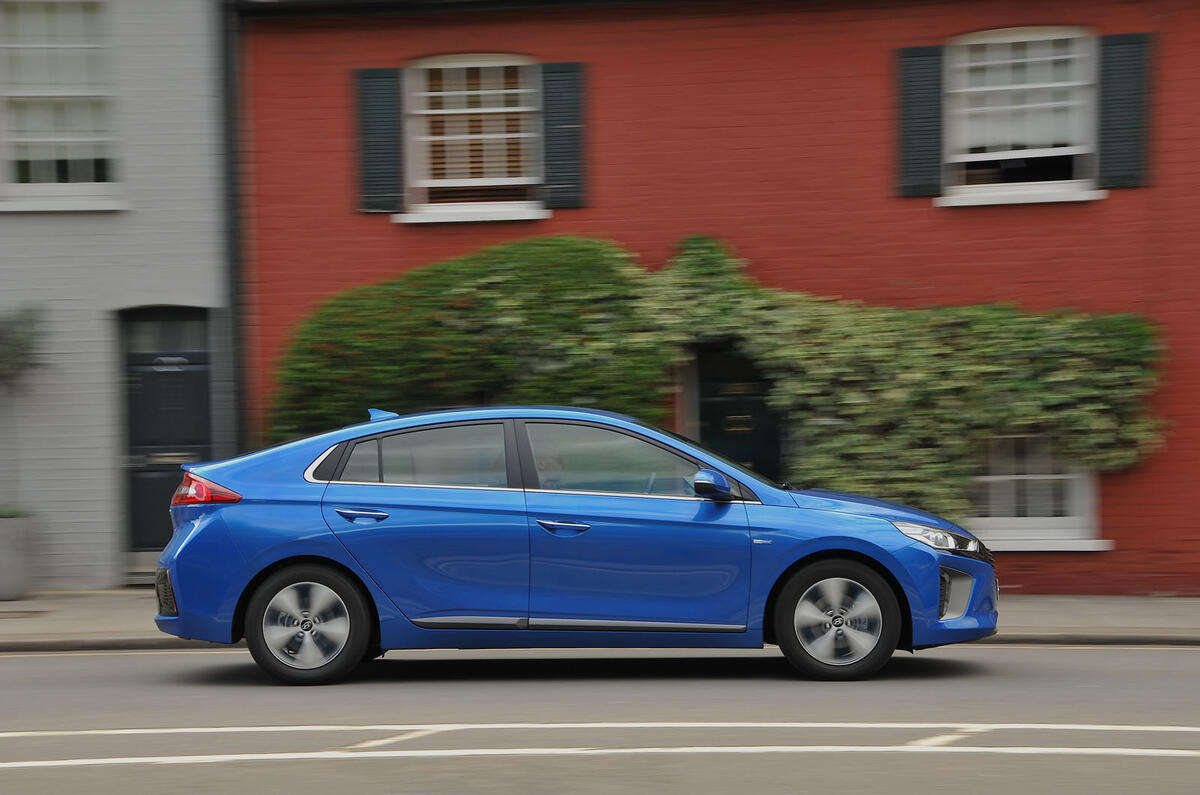
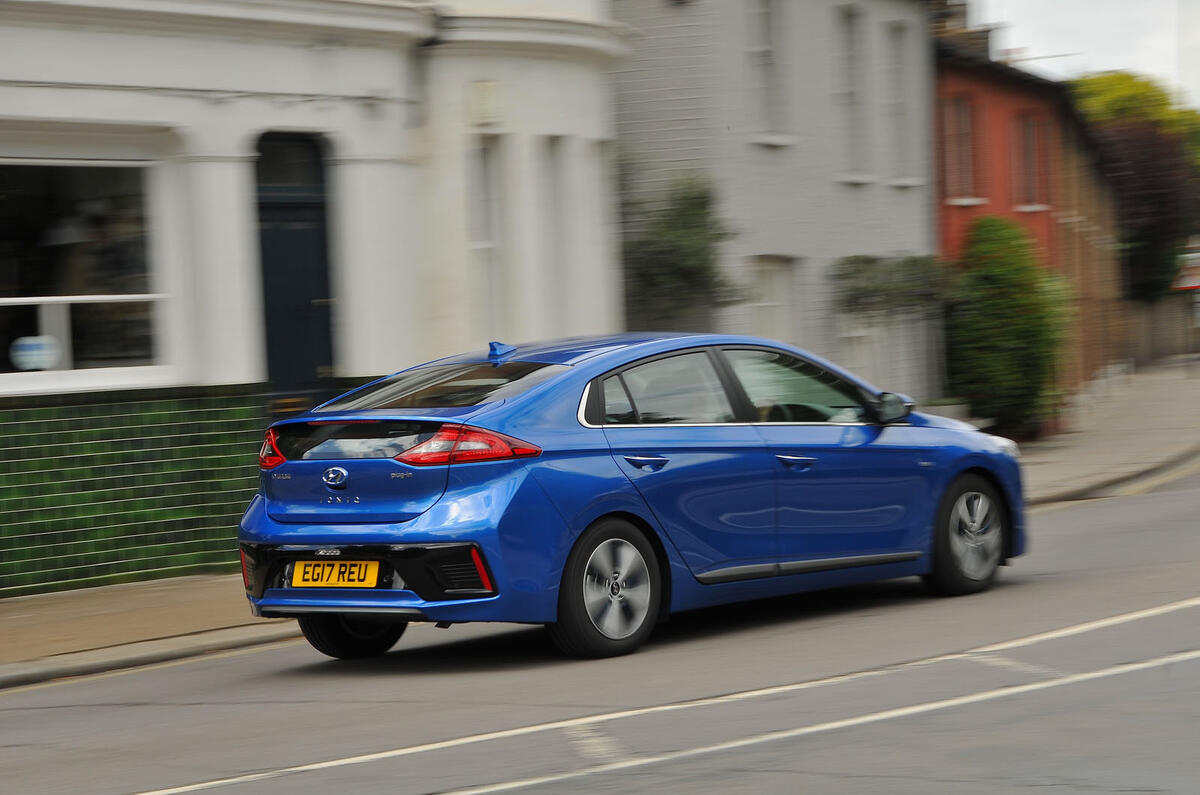






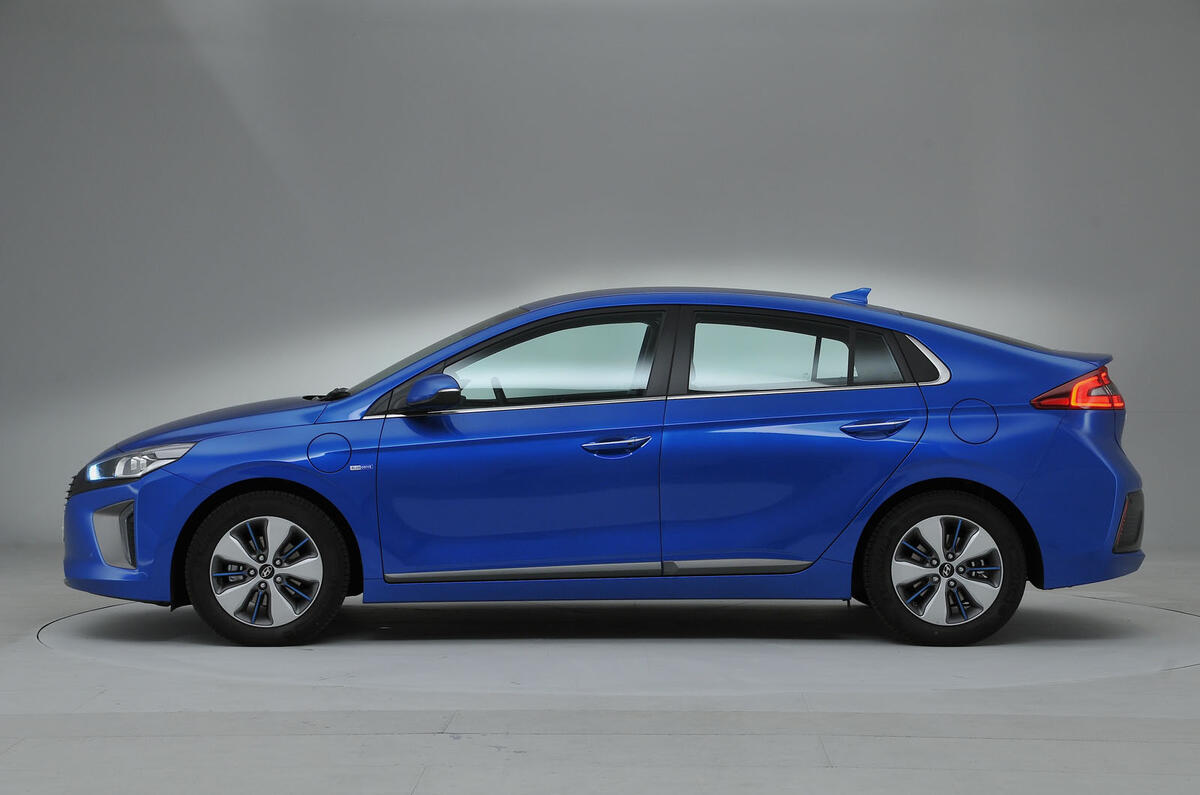
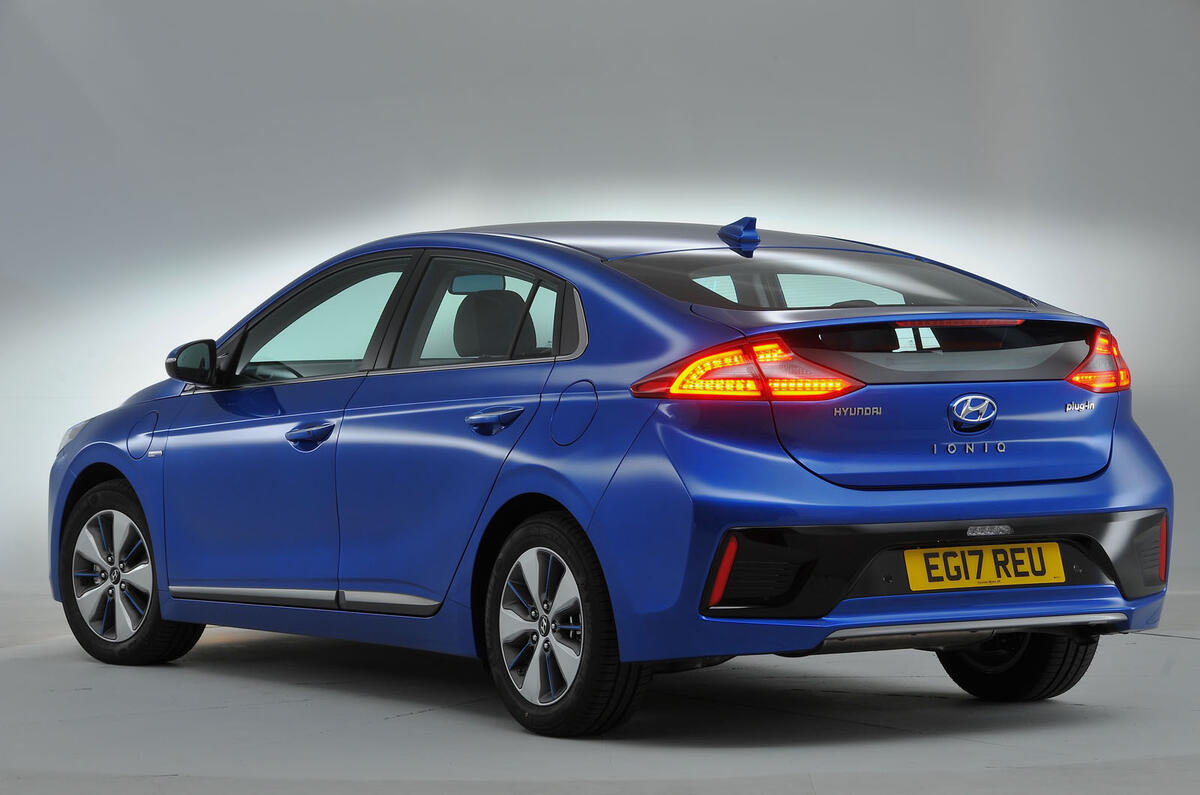
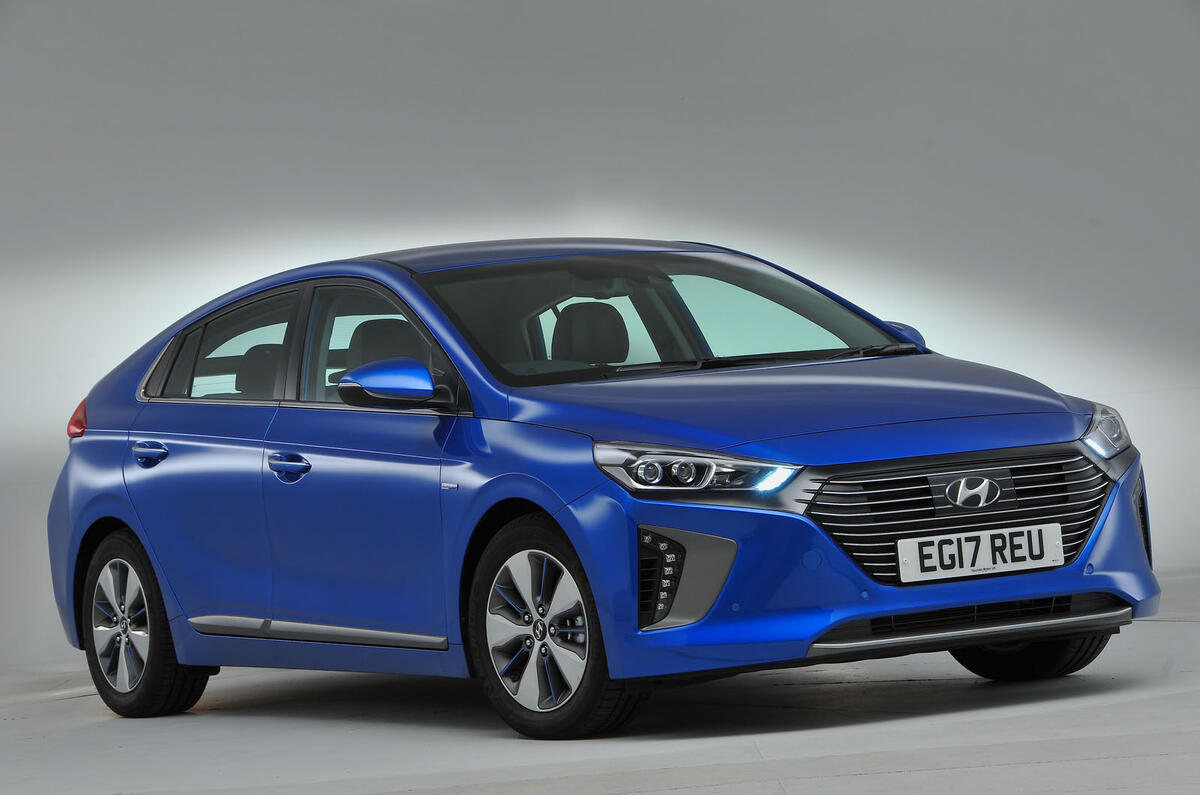
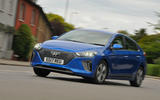















Join the debate
Add your comment
@ LP
You are right. I have a friend who has a Mercedes C-class PHEV company car. The car is a perk which he never uses for business. He has never plugged it in once, and has no intention of ever doing so. But he certainly enjoys lower BiK tax.
£26,795 and that mpg figure
For such a high spec car that's fairly good looking both in and out it deserves to sell. As to battery size in a PHEV, this has to be the way forward. Bearing in mind most people journeies are < 30 miles so you should be able to half your fuel costs.
All the comments, both poitive and negative, about 257 npg are pretty pointless as it entirely depends on how you use it and how regimented you are in plugging it in everynight
Having said all that I'm still a bit undecided on the long term future of dual engine cars.
I wonder if for most people
I wonder if for most people this type of car would be enough. For most of my friends and neighbors 40 miles would cover 90% of their driving with the engine not needed at all with the back up of an engine for when doing those occasional longer journeys.
I don't see it as a car for Autocar readers but this looks interesting for the average driver. At some point someone will remember what the 306 DTurbo did for diesel sales and will develop a well priced, good looking plug in with strong performance that will sell to younger drivers by the boatload.